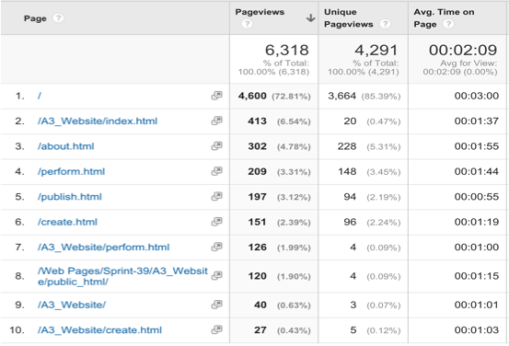Integrating Products into Video is an Art not a Science or maybe a little bit of Both
Our digital marketing agency, Dorado Brand Studio recently completed a major video project with Naked Mobile a division of Cellular One. We built a weeklong project that encompassed some of the natural beauty of Utah, the great outdoors, camping and of course integrating some great mobile phones into our efforts. The goal of the project was to create compelling content of everything listed above and build the videos to support TV advertising, social media posts and web marketing. The inspiration for this blog post came from several industry people asking me about integrating product without consumers being turned off with the placement. Check out the link at the end to see what the final product of our team’s hard work.
To be fair integrating usage of a smartphone into video sounds easy but try and do it in remote regions of Utah, climbing on the side of cliff or flying down a sand dune in an ATV. Ever heard of a cook stove that includes a charger for a smartphone? Well we found one.
The planning stage of this shoot was almost as important as the actual shoot. We spent weeks determining the locations for each individual shoot and once we had those locked down we then moved into developing the storyline and built out storyboards, scripts, prop list, and identified required permits for each location we intended to visit. We identified the activities and apps we wanted to highlight set and how to best incorporate smart phones into the video. We were very fortunate to have two people with great chemistry and personalities that made sense for the Naked Mobile “Wanderlove” campaign.
Next up came logistics of the travel, props, camping equipment, hours per location and an endless amount of other details. I’m sure anyone reading this that runs an agency in pursuit of video knows these are basic items that everyone knows but because I speak with many media executives that are new to video it’s important I include some basics.
Integrating smart phones into the shoot was something we spent a large portion of our time dedicated to researching how to best utilize the smartphone in these desolate locations. We didn’t want our actors blatantly talking about how great the phone works or look at these beautiful photos. It had to be used spontaneously and in a natural way. For instance we found apps that made sense for the location and the type of activity we were engaged with. One of the apps that we used was able to identify which constellations were in the sky by simply panning your phone over the night sky. . At that same location, we were able to utilize a unique camp stove that generates electricity with heat in which we were able to highlight the phone charging capability while our talent cooks his dinner over the campfire. . Everything we did with the smartphone felt natural in these outdoor settings and was not forced. We felt it was necessary to not to go overboard with how many times we tried to integrate product into our various 2 minute, 30 second and 10 second videos. We made the videos about the story we were telling and smart phones were a part of the experience. 
The completed products we created were well received by Naked Mobile and today are being utilized on TV, social media and anywhere else they can find to run video. Who said a mock gun fight at an old west town had to have guns. Why can’t we have a battle over who can text faster? Finally it really helps if everyone is having fun and enjoying the time spent capturing wonderful content although they will tell you it was exhausting.
Enjoy the video. https://www.youtube.com/watch?v=nupt2obDfS0
















![SmartVision-gauges[4]](https://digitaltransformationexec.files.wordpress.com/2015/10/smartvision-gauges4.jpg?w=300&h=103)

![greenlight[1]](https://digitaltransformationexec.files.wordpress.com/2015/02/greenlight1.png?w=233&h=300)
![4ctv-logo-tagline[1]](https://digitaltransformationexec.files.wordpress.com/2014/06/4ctv-logo-tagline1.jpg?w=300&h=280)
![Home Page Overview[3]](https://digitaltransformationexec.files.wordpress.com/2014/06/home-page-overview3.jpg?w=260&h=300)
![Flying HIGH in the Sky Hero Image[5]](https://digitaltransformationexec.files.wordpress.com/2014/06/flying-high-in-the-sky-hero-image5.jpg?w=300&h=167)
![4ctv-logo-tagline[1]](https://digitaltransformationexec.files.wordpress.com/2014/01/4ctv-logo-tagline1.jpg?w=244&h=228)
![home-group[1]](https://digitaltransformationexec.files.wordpress.com/2014/01/home-group1.jpg?w=408&h=252)